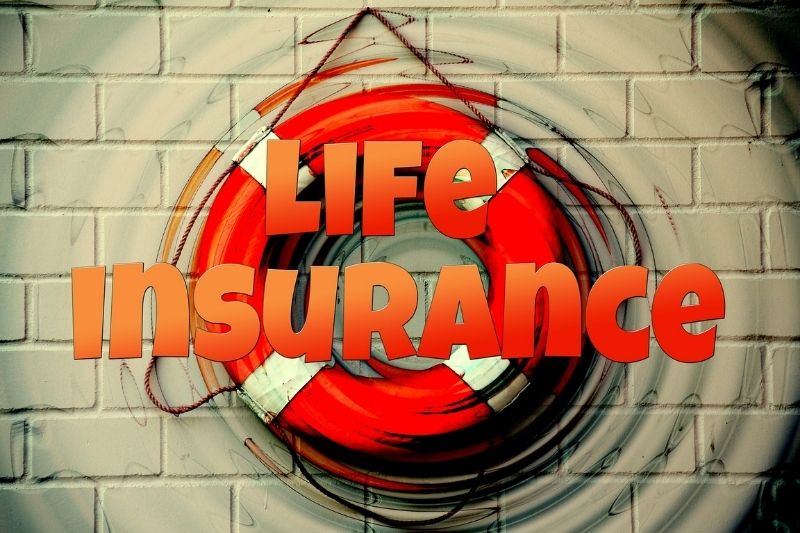No products in the cart.
Different Types of Life Insurance

Life insurance is necessary for lots of different reasons. Paying the premiums and having a financial plan in place for when you pass will help to alleviate any financial pressure from your loved ones at an already very difficult time. The payment that your beneficiary (or beneficiaries) will receive will help to cover funeral and burial expenses. Depending on the level of cover, it can also pay off outstanding debts, and make the management of day-to-day living expenses less worrying for those you leave behind. So now that we’ve established the benefits of life insurance, it’s important to know that there are different types of policies to choose from as per Clearsurance extensive research:
Term Life Insurance
This is the most straightforward type of coverage. A term life policy will only pay out if you pass away during the term of the policy (which is usually 30 years). Under the term life insurance umbrella, you’ll find two options:
- Level Term: Choose this type of coverage and your premiums will stay the same throughout the contract, while the amount of coverage given increases.
- Decreasing Term: Choose this option and your coverage will decrease over the lifespan of the policy at a predetermined rate. Decreases in cover normally occur monthly or annually and premiums normally stay consistent throughout the term of the contract.
Whole life/Permanent Coverage
Assuming minimum payments were made, whole life coverage will pay out upon your death no matter what age you live to be – even if it’s 100! There are three types of policies that fall under this category of permanent coverage:
- Traditional: Premiums and the death benefit (the amount that’s paid out after you pass away) remain the same throughout the life of the policy.
- Universal: This option provides flexibility in the death benefit, the premium payments and the savings component of the policy.
- Variable Universal Life: With this type of coverage, the premium you pay funds your accumulated cash value, which can increase over time based on the performance of its principal funds.
- Final Expense Insurance: Another type of whole life insurance policy to remember is final expense insurance. This type of insurance empowers you and your loved ones, removing the burden of planning and paying for your end-of-life wishes. Using a retirement planning app can make this process simple.
With permanent coverage, if your circumstances change over the years, it’s possible to sell your life insurance policy via a life settlement. With this type of transaction, you receive a cash payment in return for putting the buyer down as the sole beneficiary. It’s important to know that this cash payment can be mostly tax free and the buyer will take over the premiums for the rest of the term.
Differences Between Term & Whole Life
Let’s simplify the differences between both options a little more so you can be clear which type is best based on your circumstances:
- Length: A whole life policy lasts your entire life while a term policy provides cover for a limited number of years.
- Cash Value: A term policy has zero cash value after the contract expires while a whole life policy is considered to be a life-long asset that can be retrieved at any time up to and after retirement.
- Premiums: You pay extra for the certainty that your loved ones will receive a payout no matter what age you are when you pass away. So, for example, if the death benefit is $80,000 for both a term and permanent policy, the premiums on the permanent policy will be higher.















Leave a Reply